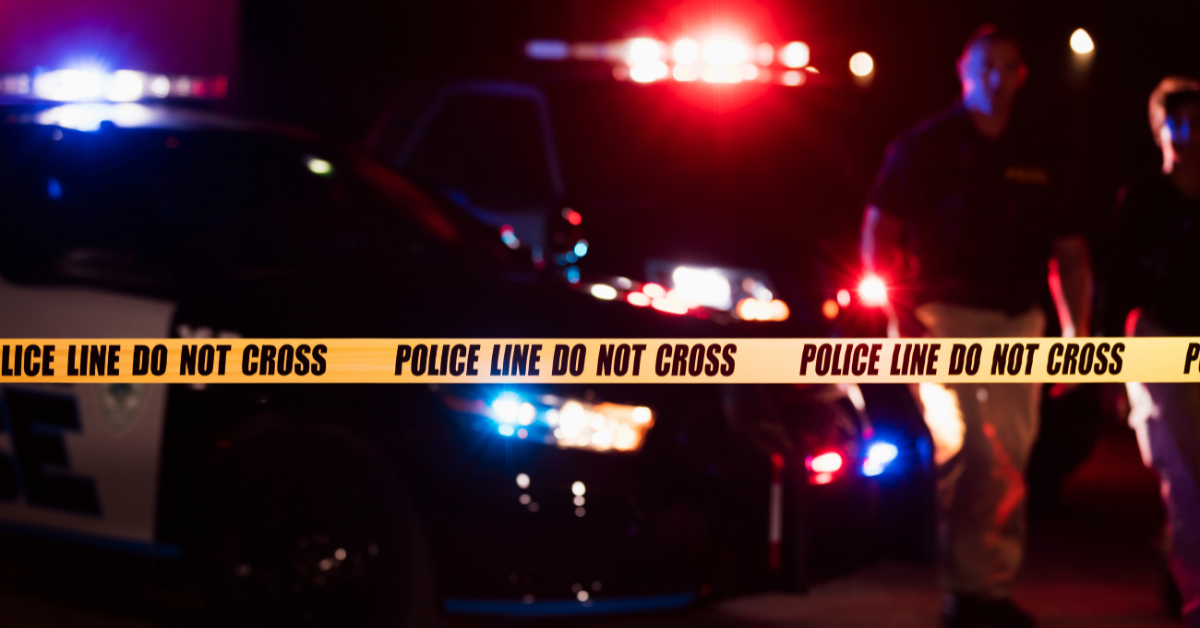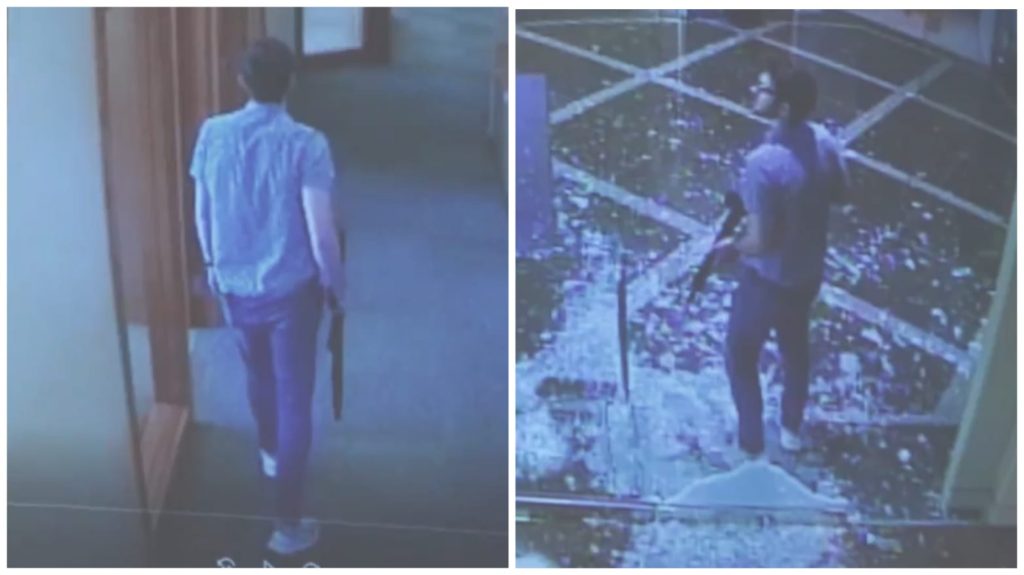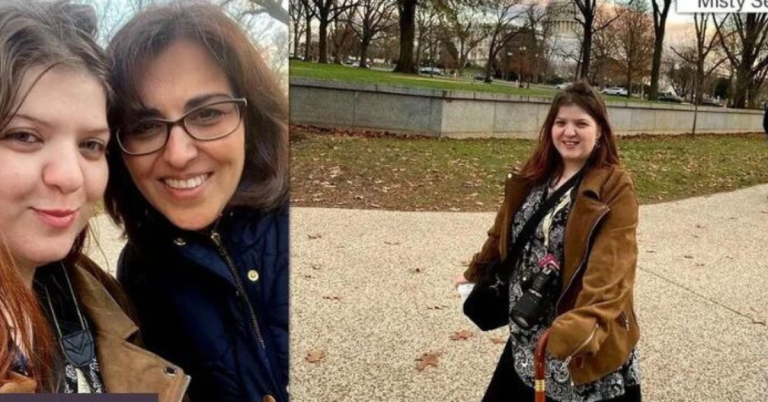Louisville Shooting Livestreamed: Ethical Concerns and Mental Health Impact

The livestreamed Louisville shooting video on social media platforms has sparked intense discussions on the ethics of real-time broadcasts due to its graphic nature. Community outrage surged, leading to calls for increased police presence and condemnations from local leaders.
Exposure to violent content can desensitize and influence public perceptions, highlighting the importance of responsible dissemination. Calls for action include enhanced regulation of livestream content and mental health support services. Societal violence patterns are influenced by various factors, and addressing root causes requires collaborative efforts. The incident’s impact on mental health underscores the need for support services and interventions.
The Livestreamed Louisville Shooting Incident
The Livestreamed Louisville shooting incident on social media platforms garnered widespread attention due to its immediate and graphic nature, sparking discussions on the implications of live broadcasting sensitive events.
The video, capturing the disturbing events as they unfolded, quickly circulated online, drawing viewers into the heart of the tragic incident. The real-time nature of the broadcast allowed viewers to experience the events almost as if they were present themselves, raising ethical concerns about the boundaries of live content sharing.
As the video spread rapidly across various social media platforms, users grappled with the moral and ethical dilemmas posed by the dissemination of such raw and distressing footage. Questions arose about the responsibility of individuals and platforms in sharing and moderating content that depicts violence and trauma. The incident underscored the power of social media as a tool for instantaneously sharing information but also highlighted the need for thoughtful consideration of the impact of broadcasting sensitive events in real time.
Immediate Community Outrage and Response
Immediate community reactions to the Livestreamed Louisville shooting incident were characterized by a surge of outrage and calls for swift action. As news of the shooting spread, residents took to social media platforms to express their shock and dismay at the graphic nature of the footage. Many community members called for increased police presence in the area and demanded justice for the victims.
Local leaders and organizations swiftly condemned the violence, emphasizing the need for unity and solidarity in the face of such tragedies. Community-led initiatives were launched to support the affected families and provide resources for those impacted by the incident. Vigils and peaceful protests were organized to honor the victims and raise awareness about the importance of addressing gun violence in the community.
The immediate community response highlighted a strong sense of resilience and a collective determination to stand against senseless acts of violence. Moving forward, continued support and advocacy for safer neighborhoods and increased security measures are essential to prevent similar incidents from occurring in the future.
Impact of Graphic Livestream Footage

The deliberation of the graphic Livestream footage from the Louisville shooting incident has sparked significant discussions on the psychological and societal implications of such visual content. Exposure to violent content, especially when streamed live, can have a profound impact on individuals, potentially leading to feelings of fear, anxiety, and desensitization to violence.
Research indicates that repeated exposure to violent imagery can contribute to increased aggression and desensitization among viewers, particularly in vulnerable populations such as children and adolescents.
Moreover, the dissemination of graphic Livestream footage can also have broader societal repercussions, influencing public perceptions, shaping discourse, and potentially inciting further violence.
The widespread sharing of such content on social media platforms raises ethical concerns regarding the responsible dissemination of sensitive material and the potential for exploitation or sensationalism. Therefore, it is crucial for individuals, media outlets, and online platforms to contemplate the ethical implications of sharing graphic content and prioritize the well-being and dignity of those affected by such incidents.
Also Read: Eva Marcille’s Twin Sister
Calls for Action and Accountability
Amidst the aftermath of the Louisville shooting livestream incident, there is a growing chorus of voices calling for concrete actions and clear accountability measures to address the impact and prevent similar occurrences in the future.
The public outcry emphasizes the urgent need for improved regulation of livestream content to shield viewers, especially vulnerable populations, from such traumatic events. Additionally, there are demands for social media platforms to enhance their monitoring mechanisms and swiftly remove inappropriate or violent content to curb the circulation of harmful material.
Advocates are also pushing for increased mental health support services for individuals who may have been exposed to the distressing footage. Ensuring that resources are readily available for those affected is essential in mitigating the long-term psychological effects of such graphic content. Moreover, there is a call for law enforcement agencies to conduct thorough investigations into the incident, holding all responsible parties accountable for their actions.
In response to these calls for action and accountability, stakeholders must collaborate to implement measures that prioritize the well-being of individuals and safeguard against the dissemination of violent content.
Examination of Societal Violence Patterns
An analysis of societal violence patterns following the Louisville shooting livestream incident reveals an urgent need to understand the underlying factors contributing to such events. The examination of these patterns indicates a intricate interplay of social, economic, and cultural factors that can lead to acts of violence.
Data shows that communities facing high levels of poverty, lack of access to mental health resources, and limited educational opportunities are more susceptible to experiencing violent incidents. Additionally, systemic issues such as racism, discrimination, and inequality can further exacerbate tensions and contribute to violent behaviors.
Understanding these societal violence patterns is vital for developing effective prevention strategies and interventions. By identifying risk factors and addressing root causes, communities can work towards creating safer environments for all individuals.
This analysis underscores the importance of a holistic approach that involves collaboration between law enforcement, social services, mental health professionals, and community leaders to address the underlying issues that fuel violence. Ultimately, a thorough understanding of societal violence patterns is essential for fostering a society built on peace, justice, and equality.
You may like: Andre Hakkak House
Understanding the Shocking Realities
Upon delving into the analysis of the societal violence patterns surrounding the Louisville shooting livestream incident, it becomes imperative to confront the shocking realities that emerge from the intersection of social, economic, and cultural determinants.
The livestreamed shooting highlights the pervasive nature of violence in our communities, shedding light on the harrowing experiences faced by individuals on a daily basis. Data reveals a concerning trend where acts of violence are increasingly being broadcasted for public consumption, desensitizing society to the gravity of such incidents.
The shocking realities of the Louisville shooting livestream incident underscore the urgent need for holistic strategies to address the root causes of violence. It is essential to recognize that violence is not just a singular event but often a culmination of systemic issues that have long been neglected.
By understanding the complex web of factors that contribute to such incidents, we can begin to implement targeted interventions that address the underlying issues fueling violence in our communities. The livestreamed shooting serves as a stark reminder of the work that remains to create safer and more equitable societies for all individuals.
Exploring Root Causes and Solutions
The livestreamed shooting incident in Louisville necessitates a thorough examination of the root causes contributing to such acts of violence and the development of effective solutions to address these underlying issues.
Data indicates that factors such as poverty, lack of access to mental health services, social inequality, and community violence can greatly contribute to the prevalence of violent incidents in society. Research shows that individuals exposed to adverse childhood experiences, trauma, and social marginalization are at a higher risk of engaging in violent behaviors.
To address these root causes, a holistic approach is needed. This includes implementing community-based programs that provide mental health support, offering educational and employment opportunities for at-risk populations, and promoting social cohesion within neighborhoods.
Additionally, investing in early intervention strategies, such as counseling services in schools and mental health screenings, can help identify and support individuals at risk of engaging in violent behaviors. By addressing these underlying issues and providing extensive support systems, we can work towards creating safer and more resilient communities for all individuals.
Repercussions on Mental Health and Well-being
Examining the Louisville shooting incident through the lens of mental health and well-being reveals essential insights into the broader impact of such violent events on individuals and communities. Research suggests that exposure to violence, whether in person or through media like livestreams, can have profound effects on mental health.
Individuals who witness or are affected by such events may experience symptoms of post-traumatic stress disorder (PTSD), anxiety, depression, and other mental health challenges. These repercussions are not limited to those directly involved but can extend to the wider community, leading to increased fear, distress, and a sense of insecurity.
It is important to recognize the significance of providing mental health support and resources in the aftermath of such traumatic incidents. Community-based interventions, counseling services, and mental health awareness campaigns can play a significant role in helping individuals cope with the emotional impact of violence. By addressing the mental health repercussions of the Louisville shooting and similar tragedies, we can work towards fostering resilience, healing, and well-being within affected communities.
Media’s Role in Livestreamed Tragedies
Analyzing the media’s impact on livestreamed tragedies reveals important insights into the dissemination and consumption of real-time violent events. The role of media in broadcasting such distressing incidents can have far-reaching consequences on individuals and society as a whole.
Livestreamed tragedies, like the recent shooting in Louisville, raise concerns about the ethical considerations surrounding the sharing of graphic content. While media coverage can bring awareness to important issues, it also has the potential to desensitize viewers and perpetuate a culture of violence.
Moreover, the instantaneous nature of livestreaming platforms presents challenges in moderating content and preventing the spread of harmful material. This poses a dilemma for media organizations seeking to balance the public’s right to information with the need to avoid causing further harm or trauma. Additionally, the widespread accessibility of livestreamed content can amplify the emotional impact on viewers, leading to increased levels of distress and anxiety.
Moving Forward: Unity and Change
In considering the aftermath of livestreamed tragedies like the recent shooting in Louisville, prioritizing unity and promoting meaningful change emerges as essential for societal progress. It is imperative to acknowledge the pain and trauma experienced by individuals and communities affected by such events. Moving forward, fostering unity through open dialogue, empathy, and support can help heal wounds and bridge divides. Embracing diversity and inclusivity is vital in creating a more harmonious society where all individuals feel valued and respected.
Meaningful change can be achieved through proactive measures such as advocating for stricter gun control laws, investing in mental health resources, and addressing systemic issues that contribute to violence. Collaborative efforts between government agencies, community organizations, and the public are key in implementing sustainable solutions that prevent future tragedies. By working together towards common goals and promoting a culture of compassion and understanding, we can work towards a safer and more cohesive society for all.
Frequently Asked Questions
Was the Shooter’s Motive Immediately Clear During the Livestream?
During the livestream of the Louisville shooting, the shooter’s motive was not immediately clear. Investigations are ongoing to determine the reasons behind the tragic incident. Law enforcement authorities are actively working to uncover the motive.
How Did Law Enforcement Respond to the Livestreamed Shooting Incident?
Law enforcement swiftly responded to the livestreamed shooting incident by dispatching officers to the scene, securing the area, and initiating an investigation. Immediate actions were taken to guarantee public safety and apprehend the perpetrator.
Were There Any Warning Signs or Red Flags Prior to the Shooting?
Prior to the shooting incident, a plethora of concerning behaviors and warning signs were evident. These alarming red flags, akin to a blazing wildfire in a dry forest, underscore the gravity of the situation and the need for proactive intervention.
What Measures Are Being Taken to Prevent Similar Incidents in the Future?
Efforts to prevent similar incidents involve enhancing threat assessment protocols, improving access to mental health services, increasing community outreach and education on conflict resolution, and implementing stricter regulations on livestreaming violent content to deter potential offenders and protect public safety.
How Has the Livestreamed Footage Impacted the Victims’ Families?
The livestreamed footage of the incident has profoundly affected the victims’ families, causing immense emotional distress, privacy invasion, and retraumatization. This exposure may lead to long-term psychological consequences, necessitating thorough support services.
Conclusion
In the wake of the Livestreamed Louisville shooting, the community is left reeling from the graphic footage and demanding action. This tragic incident sheds light on societal violence patterns and calls for a deeper examination of root causes and solutions. Moving forward, unity and change must be prioritized to prevent such tragedies from occurring again. It is imperative to address the repercussions on mental health and well-being, and for the media to play a responsible role in reporting such incidents.






